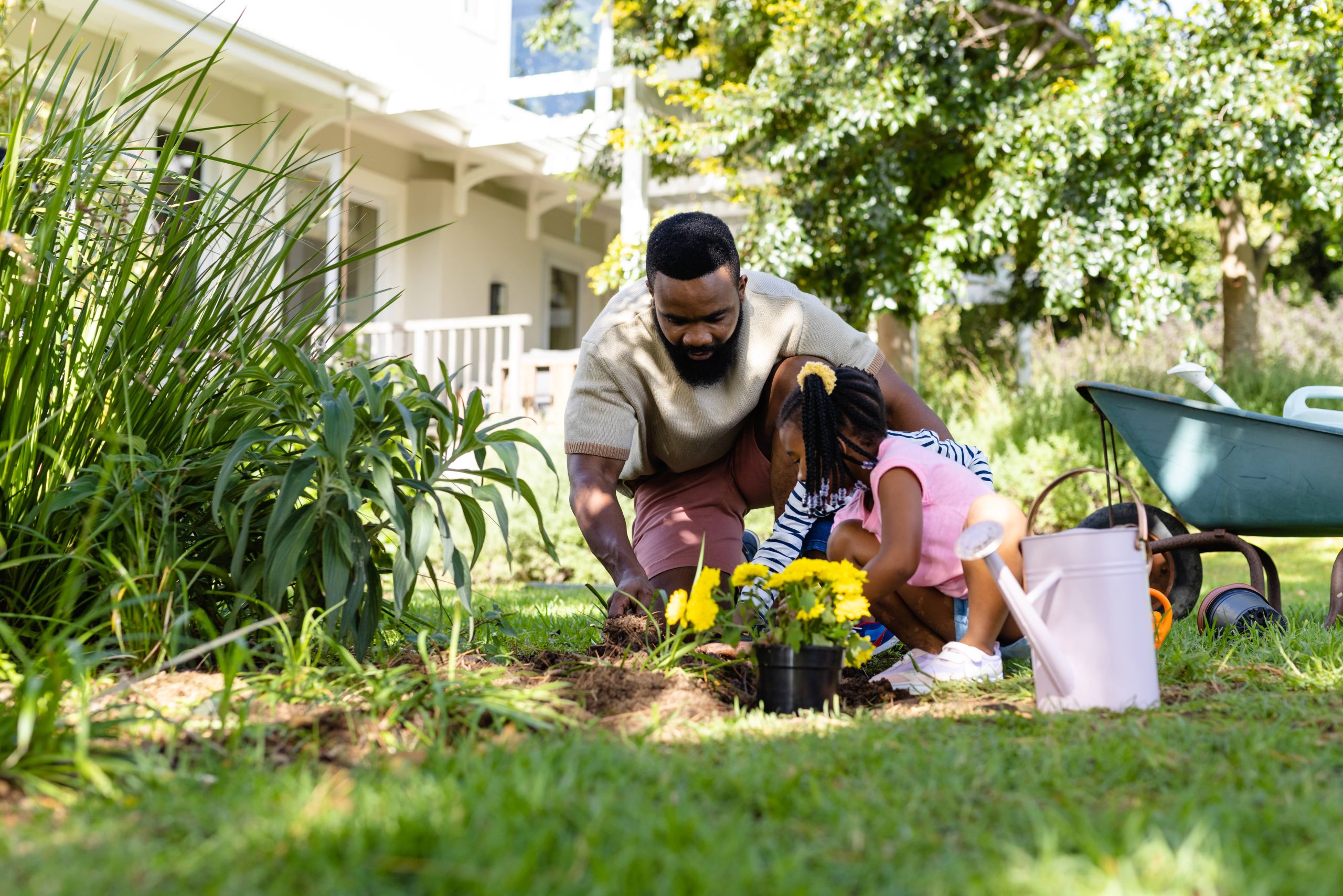
Transforming the look of your kitchen doesn’t always require a full-scale renovation. Sometimes, a simple update can freshen up the space and give it a whole new feel. One such project that packs a punch is installing a kitchen backsplash. While this may sound daunting, especially if it’s your first time diving into DIY home improvement, fear not! With the right tools, materials, and guidance, you’ll soon be gazing upon a stunning backsplash that you installed yourself. In this blog post, we’ll walk you through the process, step by step, to make installing a kitchen backsplash as easy as pie.
Why a Backsplash?
Before we jump into the how-to, let’s talk about the why. A kitchen backsplash isn’t just about aesthetics; it serves a couple of practical purposes too. Firstly, it protects your walls from splatters and spills, which is especially useful in high-use areas like behind the stove and sink. Additionally, a backsplash can help tie together the design elements in your kitchen, adding color, texture, and interest to an otherwise plain wall space. Now, let’s get to work!
Step 1: Gather Your Materials
Before you begin, make sure you’ve got all your materials ready and at hand. Here’s what you’ll need:
– Tiles (ceramic, glass, stone, or peel-and-stick options)
– Tile spacers
– Tile adhesive or thin-set mortar
– Grout (and grout sealer if needed)
– Tile cutter or wet saw
– Notched trowel
– Rubber float
– Grout sponge
– Level
– Tape measure
– Pencil
– Masking tape
– Safety glasses and gloves
– Sealant for porous tiles
Step 2: Prepare the Surface
Prep work is key in any DIY project. Begin by cleaning the wall surface where you’ll be installing the backsplash. Remove any grease, dust, or old wallpaper to ensure that the tiles stick properly. If the existing wall paint is glossy, it’s a good idea to lightly sand the area to allow the tile adhesive to grip better. Once clean, dry, and smooth, you can apply a coat of primer if necessary, especially on drywall.
Step 3: Plan Your Layout
Before applying any adhesive, lay out your tiles on the countertop to finalize the arrangement. This dry fit will help you avoid awkward cuts or seams. Consider starting from the center and working your way out to ensure a balanced look. If your tiles have a pattern or design, make sure they’re aligned horizontally and vertically. Use a level to check your lines, and mark the wall lightly with a pencil to guide your placement.
Step 4: Apply the Adhesive
Begin by mixing your thin-set mortar if you’re choosing traditional tiles. With your notched trowel, spread a thin layer of adhesive over a small section of the wall, about 2-3 feet at a time. Working in small sections prevents the adhesive from drying out before you can place tiles.
Press each tile firmly into the adhesive with a slight twisting motion. Insert tile spacers between tiles to ensure even spacing and alignment. Continue until you’ve placed all tiles, remembering to check your work with a level to maintain straight lines.
Step 5: Cut the Tiles
As you reach the edges or corners, you’ll likely need to cut tiles to fit the remaining spaces. Measure the area for the cut, mark the tile, and use a tile cutter or wet saw for precision. Don’t forget to wear your safety glasses and gloves during this process! Position the cut tiles in the remaining spaces, making sure they fit snugly without disrupting the other tiles.
Step 6: Grouting the Tiles
After the tiles have been set, allow them time to dry as recommended by your tile adhesive’s instructions (usually 24 hours). Once dry, you can begin grouting. Mix your grout according to the manufacturer’s instructions. Using a rubber float, spread the grout across the tiles, forcing it into the joints. Hold the float at a 45-degree angle and work diagonally to ensure even coverage.
Allow the grout to firm up slightly (following the manufacturer’s instructions), then clean the tile surface with a damp grout sponge. Wipe away any excess grout in a circular motion, rinsing the sponge often to prevent haze from forming on the tiles. After the grout has completely dried, use a clean cloth for any remaining haze removal.
Step 7: Seal the Grout (Optional)
Sealing is an optional but recommended step to prolong the life of your grout, especially in kitchen areas exposed to moisture and spills. After the grout has cured, apply a grout sealer with a small brush or applicator as per product instructions.
Step 8: Finishing Touches
While your tiles are drying and setting, don’t forget the smaller details that complete the look. Remove any remaining spacers if you haven’t already and install edge trims or moldings if desired. Clean the surface one last time to remove any dirt or fingerprints that arrived during the installation process.
Conclusion
And there you have it! By following these straightforward steps, you can transform your kitchen with a beautiful and functional backsplash. This weekend project not only elevates the design of your space but also adds value to your home. Whether you’ve chosen classic subway tiles, modern glass options, or rustic natural stone, your new backsplash will undoubtedly become the stylish focal point of your kitchen.
Remember, the key to any successful DIY project is patience and preparation. Take your time, follow each step carefully, and don’t be afraid to ask for help if needed. Happy tiling!













